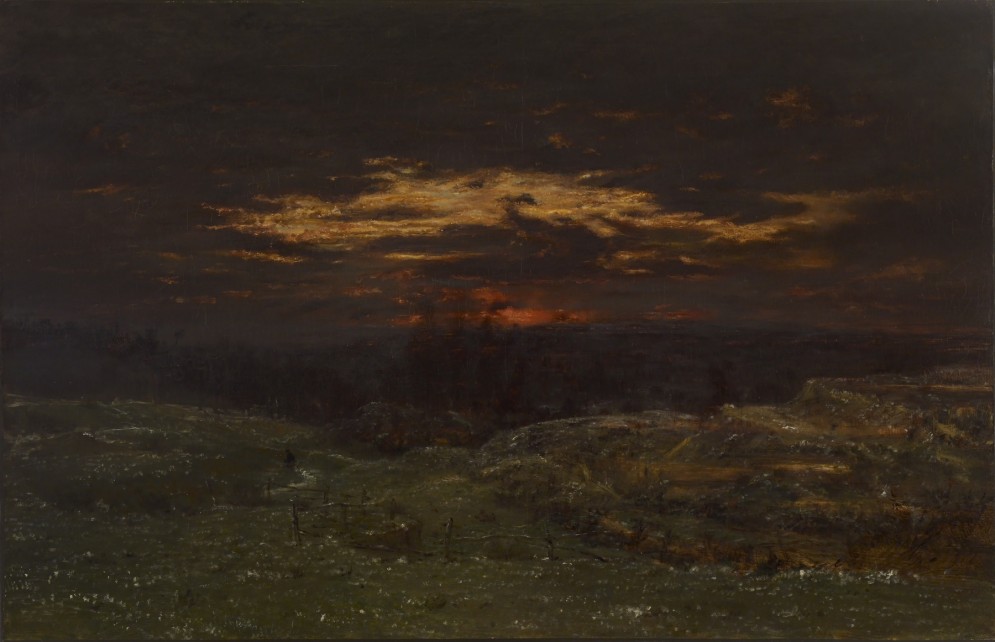I really enjoyed my visit to the Walters Art Museum early this year. However, it is suffering a malady that must be discussed–because it is far from the only museum afflicted by this disease.
 I went to see From Rye to Raphael: The Walters Story, a new installation that is intended to inform (or remind) people of William and Henry Walters, the father-and-son founders who amassed the original collection. That’s a good idea not only because what they bought comprises 70 percent of the collection today but also because 1)  viewing art through the eyes of a collector, or collectors, is a legitimate and increasingly popular way to study cultural history, taste and the formation of many American museums; and 2) we are in the midst of another period of collecting frenzy–like that of the Gilded Age–peopled by members of the top 1%. It helps to remember (and remind them) that some may follow the path of the Walterses, and leave their collections “for the benefit of the public.â€Â William actually got interested in art because his mother told him it would make him a better citizen.
I went to see From Rye to Raphael: The Walters Story, a new installation that is intended to inform (or remind) people of William and Henry Walters, the father-and-son founders who amassed the original collection. That’s a good idea not only because what they bought comprises 70 percent of the collection today but also because 1)  viewing art through the eyes of a collector, or collectors, is a legitimate and increasingly popular way to study cultural history, taste and the formation of many American museums; and 2) we are in the midst of another period of collecting frenzy–like that of the Gilded Age–peopled by members of the top 1%. It helps to remember (and remind them) that some may follow the path of the Walterses, and leave their collections “for the benefit of the public.â€Â William actually got interested in art because his mother told him it would make him a better citizen.
The Walters curatorial staff wanted visitors to walk through the show and get a sense of who these two men were–and they largely succeeded, as my review in today’s Wall Street Journal, headlined A Father-Son Endeavor, says.
Unhappily, I had to end the piece with these paragraphs:
…here and there the curators have added works that were not owned by the founders—and sometimes for the wrong, politically correct reason. This flaw starts in the very first gallery, with “River Scene” (1868) by Robert Seldon Duncanson, which was bought by the museum in 2012, and a bust of Dr. Dio Lewis (1868) by Edmonia Lewis, purchased in 2002. Both are fine works by African-American artists, but neither has anything to do with the founders’ story.
To my mind, this kind of attempt to be “inclusive” is not only condescending, but also a distortion of history. Rather than being intermixed, those works could easily have been shown in the final gallery, titled “Continuing the Story,” which displays gifts and purchases made by the museum after Henry died in 1931.
The Walters is  not alone in such matters, though these efforts don’t always share the same form.
Why are art museums doing this? They are supposed to be educational organizations–based on scholarship. Telling the wrong history to be “nice” or to appeal to a “diverse” audience is dishonest and is the opposite of what good scholarship requires. If donors, or city governments, or consultants, or trustees–or whoever–is pushing museums in this direction, there must be push-back, lest museums lose credibility. And if directors and curators are are doing this on their own–after all the academic degrees that have acquired–shame on them.
Photo Credits: “Hoarfrost” by Theodore Rousseau, which was acquired by William Walters, Courtesy of the Walters
